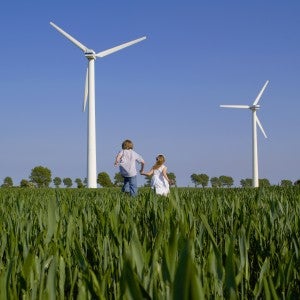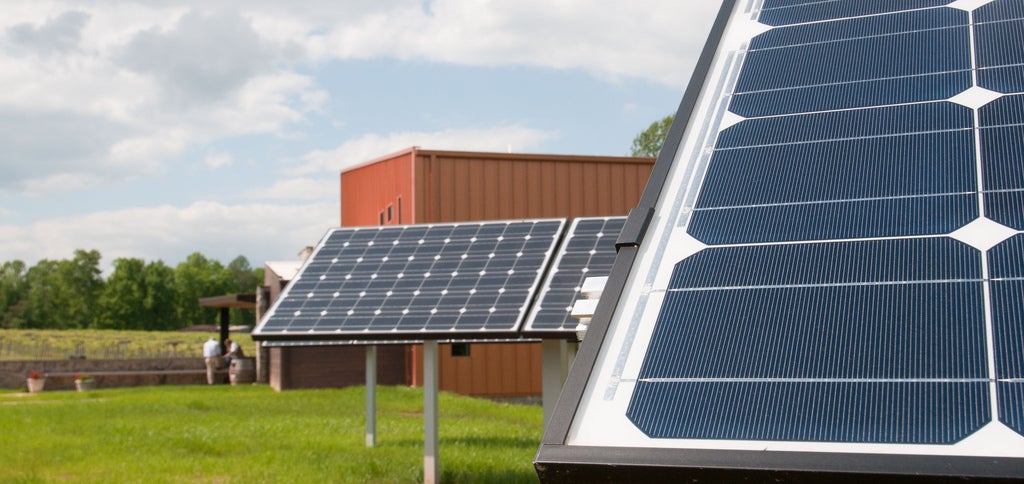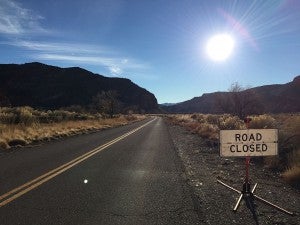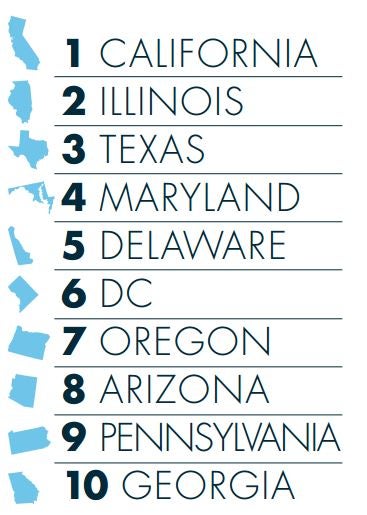 Symbiosis – in which different species have a cooperative or mutually beneficial relationship – is everywhere in nature: honeybees receive vital nutrients from flowers while delivering pollen (male) directly to the female parts of the flower; pilot fish gain protection from predators, while sharks gain freedom from parasites; and dogs protect their owners, while receiving food and shelter. Cited by some scientists as a major driver of evolution, symbiosis has played an important role in the mutual survival of certain species.
Symbiosis – in which different species have a cooperative or mutually beneficial relationship – is everywhere in nature: honeybees receive vital nutrients from flowers while delivering pollen (male) directly to the female parts of the flower; pilot fish gain protection from predators, while sharks gain freedom from parasites; and dogs protect their owners, while receiving food and shelter. Cited by some scientists as a major driver of evolution, symbiosis has played an important role in the mutual survival of certain species.
Two elements in nature that are also very symbiotic are energy and water: It takes water to produce and distribute energy, while energy is used to treat, pump, and distribute water. This inextricable link is knowns as the energy-water nexus. Yet, energy and water planners do not treat these important resources as symbiotic “species,” resulting in a lot of waste – something we cannot afford with climate change on the rise.
Floating solar panels atop bodies of water, or the cleverly nicknamed “floatovoltaics,” are a possible solution for both energy and water challenges. The panels help to reduce evaporation of water – critical in hot, dry places like Texas and California – and the water helps to keep the panels cool, increasing their efficiency. Plus, compared to more traditional fuel sources, solar PV requires little to no water to produce electricity. Incorporating more solar energy and relying less on coal or natural gas means greater water savings overall.
Floatovoltaics seem like a win-win solution, but it’s not being deployed on a large scale yet. Some countries and U.S. states have surged ahead in testing this technology. So why isn’t a state like Texas, with big reservoirs, crippling droughts, and lots of solar potential, taking this bull by the horns? Read More










 Companies today employ a wide array of energy reduction strategies, including energy efficiency, renewable energy, and the utilization of data management systems. But how can companies simultaneously improve these distinct facets of energy management and ultimately scale them? Increasingly, companies that show excellence in comprehensive, strategic energy management are able to employ both top-down and bottom-up management approaches, and infuse data into all levels of their work. This approach to driving progress has proven successful in many corporate energy management programs and is responsible for an increasing number of gains in the space over the last few years.
Companies today employ a wide array of energy reduction strategies, including energy efficiency, renewable energy, and the utilization of data management systems. But how can companies simultaneously improve these distinct facets of energy management and ultimately scale them? Increasingly, companies that show excellence in comprehensive, strategic energy management are able to employ both top-down and bottom-up management approaches, and infuse data into all levels of their work. This approach to driving progress has proven successful in many corporate energy management programs and is responsible for an increasing number of gains in the space over the last few years.
 Growing up in eastern North Carolina was a great experience. Wayne County was my home, and I spent many weekends fishing for bass and hunting quail with my father on the family farm in nearby Bladen County. The time outdoors was great for character building, and visiting with relatives, friends, and elders in the community was equally important for understanding my heritage and the challenges my parents overcame.
Growing up in eastern North Carolina was a great experience. Wayne County was my home, and I spent many weekends fishing for bass and hunting quail with my father on the family farm in nearby Bladen County. The time outdoors was great for character building, and visiting with relatives, friends, and elders in the community was equally important for understanding my heritage and the challenges my parents overcame. If you want a good example how bad government can kill good jobs and clean energy innovation, take a look at what’s happening in Nevada, where a decision by Governor Brian Sandoval’s appointees, pushed by NV Energy Inc., essentially killed the thriving local solar energy industry.
If you want a good example how bad government can kill good jobs and clean energy innovation, take a look at what’s happening in Nevada, where a decision by Governor Brian Sandoval’s appointees, pushed by NV Energy Inc., essentially killed the thriving local solar energy industry. The GridWise Alliance, a leading business forum for the development of a smart, clean, modern electric grid, just released its
The GridWise Alliance, a leading business forum for the development of a smart, clean, modern electric grid, just released its